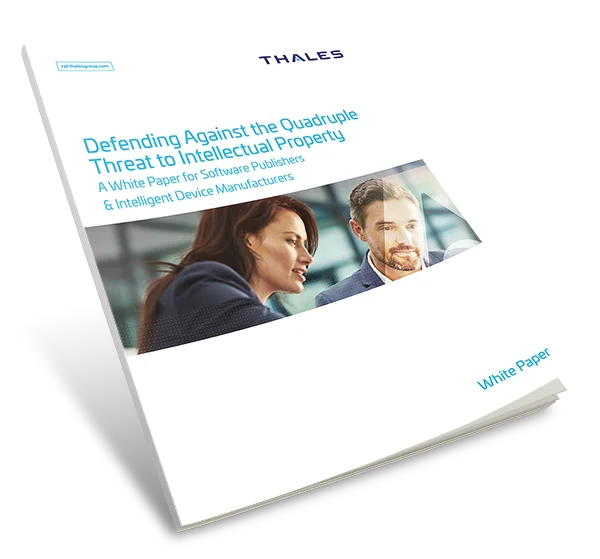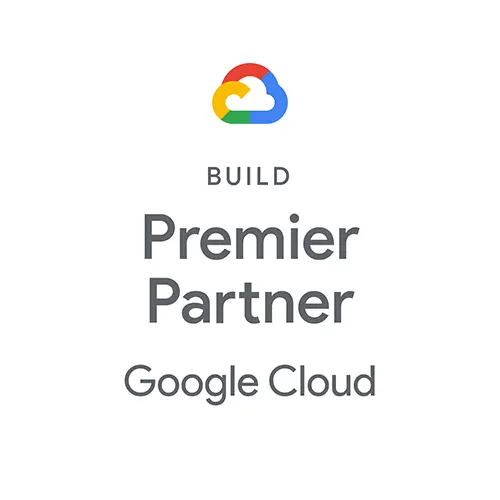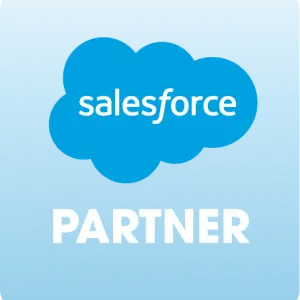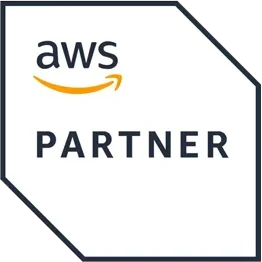What Is Software Copyright?
Software copyright is the legal protection that gives software programmers or providers the exclusive rights to use, distribute, and modify their code. You do not need to file for a copyright for your code to be copyrighted. Computer software copyright automatically applies as soon as the code is created and typically lasts for the author's lifetime plus 70 years.
Code that is copied without permission is a significant threat to software developers and companies. Aside from the intellectual property consideration, there are serious business risks with tangible consequences. If your code is copied, reused, or sold in counterfeit versions of your software, you put yourself at direct risk for revenue loss, reputational damage, most importantly serious security breaches.
How Does Copyright Protect Software?
Software copyright is a legal deterrent to unauthorized copying, piracy, and distribution. But it’s not a comprehensive form of defense. It gives you the legal grounds for prosecuting misuse. To prevent misuse and unauthorized access in the first place, you need technical copyright protection, including licensing to stop unauthorized access and a variety of security methods that prevent access to your code.
Legal Copyright Protection
- End-User License Agreements
- Copyright Registration
- Cease-and-Desist Letters
- Lawsuits
Technical Copyright Protection
- License-Based Access Control
- Encryption and Obfuscation
- Digital Fingerprinting
- License Phone Home Mechanisms
What is Protected by a Software Copyright?
Copyright protects the developers right to:
- Reproduce and distribute the software
- Create derivative works (such as modified versions)
- Control who uses the software and under what conditions
These rights are protected by international treaties, so they are theoretically enforceable across borders. Unlike patents, which require a formal application, software copyright protection is automatic upon creation of the code.
Examples of software copyright include Microsoft which protects its versions of Windows and Office with copy protection. They are aggressive about enforcement. They sued multiple Asian corporations for copyright infringement and advocated for state laws that targeted products made by manufacturers who use pirated software.
Discussions of software copyright often center around proprietary software, which is usually distributed under paid software licenses. Software copyright also applies to some free software, including open-source or unlicensed software ensuring developers have the right to define how the code can be used, modified, or redistributed.
Software Copyright vs. Other IP Protections
While copyright is the most common method of protecting software, it is only one form of legal protection for intellectual property. Software companies may also use:
- Patents – Protect specific innovations, algorithms, or technical solutions within software, though they require a rigorous approval process.
- Trademarks – Protect branding elements such as product names and logos.
- Trade Secrets – Protect proprietary processes or algorithms that provide a competitive advantage, often maintained through confidentiality agreements.
US law initially viewed software source code as a set of instructions, similar to blueprints for a building, rather than as creative work eligible for copyright protection. This changed in 1980 when the Copyright Act was amended to classify software as a literary work. This shift provided developers with stronger legal grounds to protect their software from unauthorized copying and use. However, companies can still get more comprehensive defense against software theft and infringement by combining different types of protection.
Registering and Marking Software Copyright
A developer automatically owns the copyright of any program they write. Registering the copyright makes it significantly more enforceable. If you are the victim of copyright infringement, you can claim statutory damages and attorney’s fees. In some countries, including the US, registering the copyright is a prerequisite to filing a lawsuit.
To register a copyright in the US, you submit a form, including the following information:
- The software’s title and author
- The publication date
- The specific elements covered by the copyright
- Any licensed third-party content included in the software
Developers should also make sure to mark the software with copyright notices. You can put a copyright marker at the header of source code files, in the user manual and documentation, or in the “About” section within the software.
For example, Adobe includes copyright notices in both software splash screens and licensing agreements.
white paper
Defending Against The Quadruple Threat to Intellectual Property
Security is the hardest of all projects that companies try to achieve in-house. This guide is essential reading for software providers who sell applications that run outside their own controlled cloud—whether deployed on-premises, in customer clouds, or on edge devices.
Three Solutions for Enforcing Software Copyright Protection
1. Legal Copyright Protection
Copyright enforcement begins with a strong end-user license agreement (EULA). This is the framework where software providers and creators specify the terms under which users or other developers are allowed to access, distribute, or modify the software.
If you suspect your EULA was breached, the first step is usually a cease-and-desist letter. You can include a request for back payment or can just demand that the user stop using your copyright software code. If you plan to sue for copyright infringement after that, you will have to prove:
- Copyright ownership
- Infringer access to the software
- Substantial similarity between your product and the infringer's
Legal copyright protection can be a complicated process and it's always best to consult a lawyer who specializes in software IP.
2. Common Sense Copyright Protection
There are a number of practical ways to reduce the risk of your software being used without authorization.
- Prioritize easy purchasing
Make it easy for your customers to buy and renew purchases of your software. Sometimes just removing friction reduces the risk of someone trying to use an illegal or free version of your product. - Bundle software in packages that appeal to all types of buyers
If you can create easy to buy, and easy to renew subscription packages, customers are less likely to try to use your product illegally. Focus on creating packages that don’t demand customers pay for more copies or features than they intend to use. - Limit access to trade secrets
Limit the number of employees who can access the code. Establish protocols that include how you store and share your code internally as well as policies that restrict where and how employees discuss sensitive information. You can enforce policies through NDAs, non-compete clauses, and other legal methods.
3. Technical Copyright Protection
Software licensing technology is the most direct tool that software vendors have for protecting software copyrights. Well-designed software licensing balances access with protection, providing a foundation that allows you to meet your revenue goals.
These are the core technical mechanism that work to protect your software from copyright infringement.
- Software licensing (license-based access control)
Comprehensive licensing solutions leverage sophisticated cryptographic methods to ensure that only authorized users can access software, including:- Limiting the number of activations per software license
- Establishing digital license keys tied to unique user accounts
- Using cloud-based license enforcement to prevent duplicate installations
- Real-time monitoring of software usage to detect unauthorized access
- The ability to disable licensing remotely if piracy is detected
- Tamper-proofing through cryptography and obfuscation
Hackers can reverse-engineer software to bypass licensing restrictions as well as extract sensitive code and algorithms. Their goal could be to illegally copy and distribute the software or to extract code to use in their own software. Encryption and obfuscation are used in copyright protection software to prevent this type of tampering. - Digital fingerprinting
Digital fingerprinting helps ensure a license can only be used on authorized devices. The application is bound to a specific license which has been tethered to a digital fingerprint. The fingerprint is unique to both the software license and the authorized computer or other hardware. - Software license server phone-home
Phone-home mechanisms establish communication between cloud-based license servers and locally installed software, essentially enabling SaaS-levels of control for on-premises installations. The system performs periodic authentication checks, enabling you to monitor sessions and identify any unauthorized user behaviors. This provides valuable security intelligence along with the ability to blacklist any unauthorized users.
Challenges in Software Copyright Enforcement
There are some inherent difficulties in enforcing software copyright.
Ongoing changes
Software is designed to be adapted and updated. Consider copyright on modifications and derivative works as well as licensing of copyrighted elements. Technology can help by protecting software in an efficient and consistent way.
Managing multiple elements
Software often contains multiple intellectual property elements, including text, images, and sound, as well as external components such as libraries and plugins. These components may be open-source or proprietary, and have their own various levels of copyright complications.
Balancing defense and regular usage
You need to secure your intellectual property without creating excessive barriers for legitimate customers. Overly restrictive protection measures can limit access for legitimate use.
Thales Sentinel Provides Comprehensive Software Licensing and Protection
For over 30 years, the companies you rely on have relied on Thales’s Sentinel platform to secure their software and prevent copying. Thales Sentinel and the Sentinel Envelope provide an integrated approach that merges cutting-edge license models and licensing enforcement with advanced protection technologies, including encryption and obfuscation. This formidable combination creates robust barriers against potential security breaches, making Sentinel the industry's most trusted IP and software copyright protection solution on the market.
Contact a specialist today to discuss how we can tailor the best software IP protection solution for your needs.



